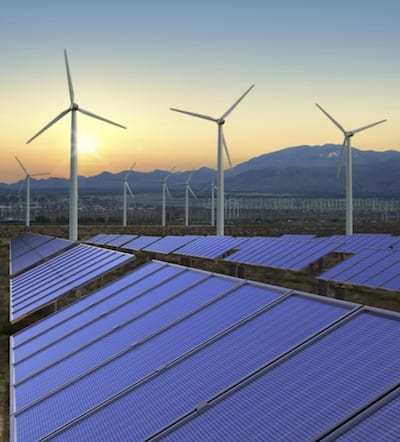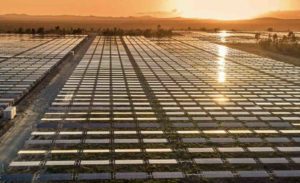The federal Coalition government has commissioned the CSIRO to develop a “technology neutral” roadmap for a “low emissions” future by the end of the year, but indicated it is still struggling with the idea of a high renewables-penetration grid.
The roadmap was announced by energy minister Josh Frydenberg at the Energy 2016 network industry conference in Adelaide, who alluded to the perils of having high levels of “intermittent” renewable energy without significant hydro and nuclear back-up, or heavily integrated grids.

Frydenberg has long been a supporter of nuclear power, and in his speech on Friday raised the issues of “intermittency” from renewable energy, in which South Australia is a world leader following the closure of the Northern coal-fired power station last week.
He noted Europe had significant nuclear resources, including France which relies on nuclear for 77 per cent of its electricity needs and Sweden, which relies on 41 per cent. (Although he did not mention that Sweden is phasing out nuclear altogether and France is reducing its share to 50 per cent as it faces massive maintenance costs).
He also said “edge of grid” countries such as the UK which was also “massively” subsidising nuclear power (although this new investment remains in doubt because of the soaring cost of the technology).
The point of Frydenberg’s comments appeared to be that Europe had more “reliable” power – both nuclear and major hydro resources – and more integrated grids. He again attacked Labor’s 50 per cent renewable energy target for 2030 because it would cost $48 billion and added infrastructure costs.
“In transitioning to a lower emissions energy system here, we have to acknowledge that there are three key characteristics that jurisdictions across Europe have which we do not,” he said in the speech.
“Our circumstances should not be used as an excuse for inaction. But nor can they be ignored. They need to be dealt with in a considered and methodical manner.”
At the same time, he conceded that Australia was undergoing rapid energy change. Coal-fired power stations were being retired (eight of the 12 dirtiest power stations had already closed), although the overall share of coal continues to increase, and rooftop solar will continue to surge.
Frydenberg’s cautious approach to renewables contrasted sharply with that of South Australia energy minister Tom Koutsantonis, who said that South Australia was “setting an example to the rest of nation” on how to transition the electricity supply to a low-carbon future.
He said South Australia had created a “unique market-leading position,” in the energy industry, and this had resulted in the exit of big coal-fired power station without a “payment for closure.”
Koutsantonis said all the players in the industry had to “act like adults” and understand that ultimately “we realise we have to deal” with carbon.
“We have to transform the economy from the old to the new, and some technologies, like renewable energy are the tip of the spear to that transition. “
However, the Australian Energy Council, which represents major suppliers like Origin Energy and AGL Energy, and other big coal and gas generators, maintained its not-so-subtle scare campaign over the situation in South Australia.
CEO Matthew Warren said that South Australia’s large uptake of renewable energy was “largely unplanned” and said there was a risk of “not having enough power” during times of peak demand, or to maintain adequate power quality “every second, every day.”
This assumed need to provide power “every second” has underpinned the massive overbuild in networks and coal-fired capacity in recent years. The Australian Energy market Operator has clearly stated the withdrawal of Northern poses no threat to energy security in South Australia.
One of the major themes of the Energy Networks Association conference has been that solutions must be technology neutral.
“The Coalition is committed to a technology-neutral approach to energy policy. This roadmap will further this commitment by supporting the development of innovative and low emissions technologies,” Frydenberg said.
“Not only will this initiative identify technologies that could create new and innovative products for consumers, it will also help identify opportunities for Australian businesses to be involved in the global energy supply chain, with the potential of creating new industries that create new jobs and growth in Australia.”







